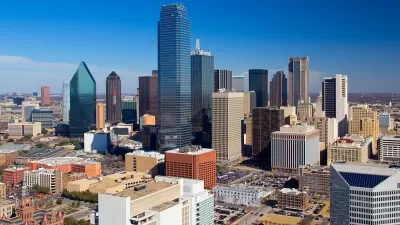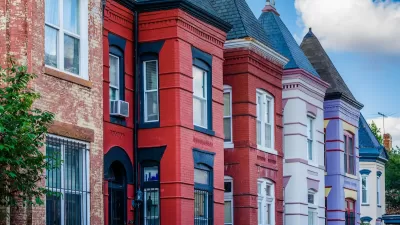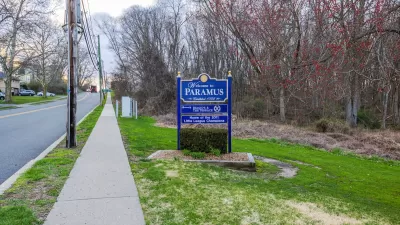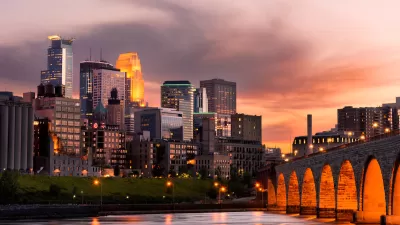Building on the roughly 76 million square feet of vacant land already zoned for multifamily housing could create badly needed rental housing units and slow the growth of rent prices.

If Dallas were to develop the 475 vacant lots already zoned for multifamily housing in the city, it could build as many as 100,000 new housing units, reports Alexandra Both in an analysis on RentCafe. Both points out that “That’s more than the total number of apartments built in the city since 2000.”
RentCafe created a map of vacant lots and zoning restrictions in Dallas, revealing the zip codes that could house the most new rental housing. The RentCafe analysis found that, in addition to the 76 million square feet of vacant parcels already zoned for multifamily housing, “in total, Dallas has more than 494 million square feet of vacant land scattered around 3,152 parcels that could be used to build more housing” if rezoned to allow multifamily development.
According to Both, “Through strategic rezoning, the city could unlock even more potential for affordable and diverse housing options, that would not only alleviate the housing shortage but also drive Dallas towards a more equitable future.”
Developers blame the city’s long, uncertain permitting process and high fees for discouraging more construction. A bill proposed in the state legislature, House Bill 14, would let developers use a third party contractor to perform reviews and approve permits if the city doesn’t do so within a 15 day deadline.
FULL STORY: Unlocking Dallas’ Housing Potential: Existing Vacant Land Could Hold 100,000 New Apartments

Maui's Vacation Rental Debate Turns Ugly
Verbal attacks, misinformation campaigns and fistfights plague a high-stakes debate to convert thousands of vacation rentals into long-term housing.

Planetizen Federal Action Tracker
A weekly monitor of how Trump’s orders and actions are impacting planners and planning in America.

San Francisco Suspends Traffic Calming Amidst Record Deaths
Citing “a challenging fiscal landscape,” the city will cease the program on the heels of 42 traffic deaths, including 24 pedestrians.

Defunct Pittsburgh Power Plant to Become Residential Tower
A decommissioned steam heat plant will be redeveloped into almost 100 affordable housing units.

Trump Prompts Restructuring of Transportation Research Board in “Unprecedented Overreach”
The TRB has eliminated more than half of its committees including those focused on climate, equity, and cities.

Amtrak Rolls Out New Orleans to Alabama “Mardi Gras” Train
The new service will operate morning and evening departures between Mobile and New Orleans.
Urban Design for Planners 1: Software Tools
This six-course series explores essential urban design concepts using open source software and equips planners with the tools they need to participate fully in the urban design process.
Planning for Universal Design
Learn the tools for implementing Universal Design in planning regulations.
Heyer Gruel & Associates PA
JM Goldson LLC
Custer County Colorado
City of Camden Redevelopment Agency
City of Astoria
Transportation Research & Education Center (TREC) at Portland State University
Jefferson Parish Government
Camden Redevelopment Agency
City of Claremont





























